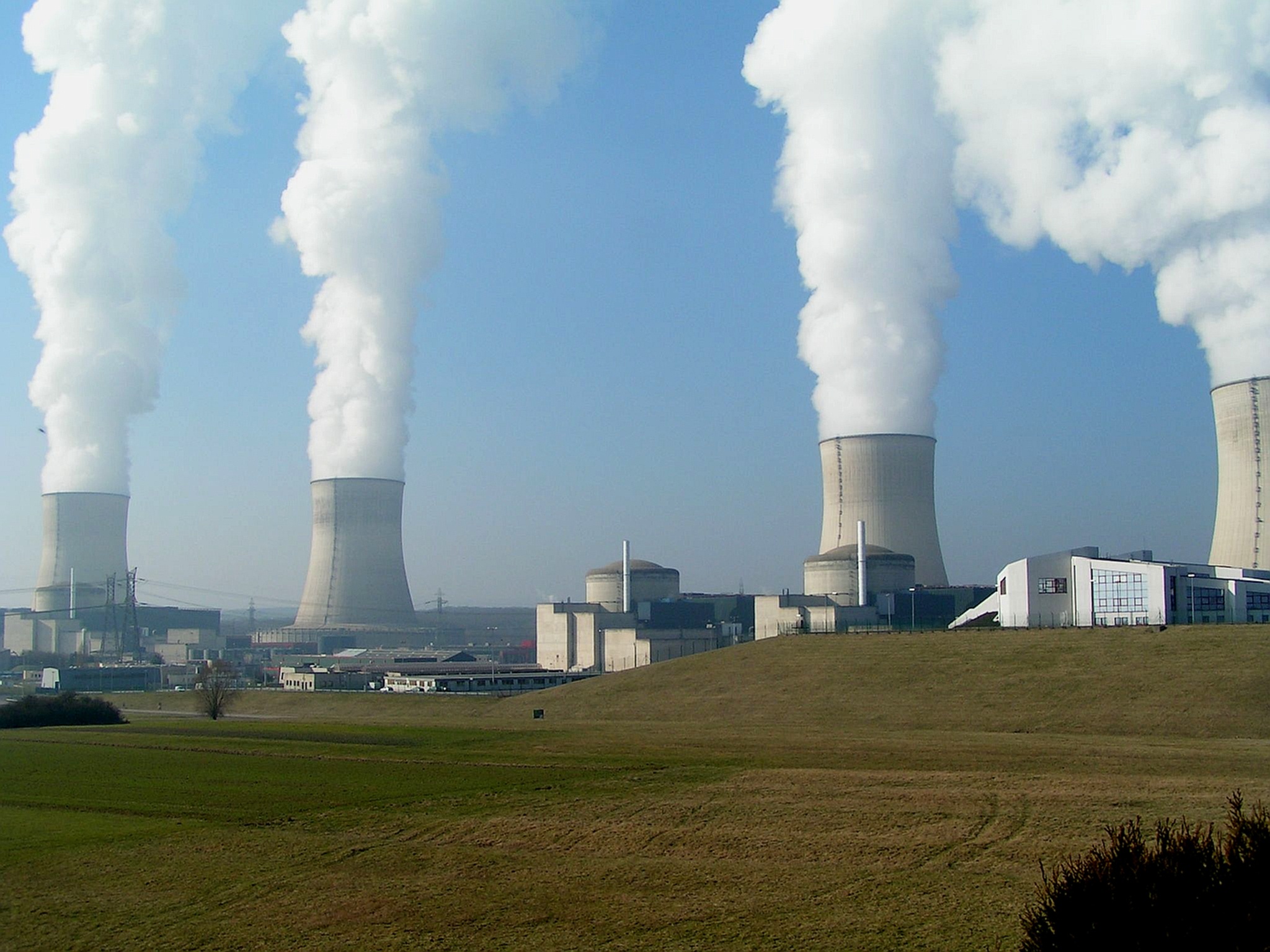The invention of nuclear power represents a remarkable confluence of scientific discovery and technological innovation, rooted deeply in the quest to understand atomic structure. This article elucidates the chronological progression of nuclear power, tracing its origins from early theoretical frameworks to the transformation into a viable energy source. Each section will explore crucial milestones along the path, emphasizing the intellectual curiosity that fueled advancements in this intricate field.
In the late 19th century, the antics of atomic theory began to sprout fertile ground for exploration. Pioneers such as J.J. Thomson and Ernest Rutherford embarked on groundbreaking investigations into the subatomic realm. Thomson’s discovery of the electron in 1897 and subsequent explorations into the atom’s structure would lay the groundwork for a radical shift in scientific thought. By 1911, Rutherford proposed the nuclear model of the atom, envisioning a dense core surrounded by electrons. This new perspective ignited a fascination with the underlying forces governing atomic stability and decay.
The dawn of the 20th century heralded the discovery of radioactivity, a profoundly enigmatic phenomenon that would forever alter humanity’s relationship with energy. In 1896, Henri Becquerel serendipitously uncovered that uranium salts emitted radiation without any external energy source. Following this, Marie Curie’s pioneering research into radioactivity unveiled the existence of polonium and radium, leading to a deeper understanding of radioactive decay and the potential energy locked within atomic nuclei.
As the scientific community elucidated the characteristics of atomic particles, the theoretical framework for nuclear fission began to take shape. By the 1930s, the advent of quantum mechanics provided new lenses through which scientists examined atomic interactions. Key figures, including Enrico Fermi and Otto Hahn, began to postulate that neutrons could be utilized to induce a chain reaction in heavy nuclei. This concept would later crystallize in the pivotal realization that splitting a uranium nucleus could release substantial energy—a breakthrough that would propel the field of nuclear physics into practical application.
The landmark discovery of neutron-induced fission by Hahn and Fritz Strassmann in 1938 was a watershed moment. When subjected to neutrons, uranium-235 nuclei fragmented into lighter elements, emitting an extraordinary amount of energy. Lise Meitner and Otto Frisch subsequently formulated the theoretical description of this process, instantly transforming it from a mere scientific curiosity into an avenue for technological innovation. This newfound understanding of nuclear fission captured the imaginations of scientists and policymakers alike, as they recognized its potential implications for energy production and weaponry.
The geopolitical landscape of the late 1930s influenced the trajectory of nuclear power’s development profoundly. With the eruption of World War II, the urgency for effective weaponry heightened interest in nuclear fission. The Manhattan Project emerged as a top-secret initiative aimed at developing atomic bombs, propelling the United States into a race against time to harness nuclear energy’s destructive potential. This monumental project brought together some of the era’s brightest minds, including physicists Robert Oppenheimer and Richard Feynman, who wrestled with the moral and ethical implications of their work even as they advanced the frontiers of nuclear science.
By the war’s conclusion in 1945, the world had witnessed the terrifying power of nuclear weapons, igniting fervent debates about the duality of atomic energy as both a harbinger of destruction and a source of peaceful energy. As nations grappled with the ramifications of lethally potent technology, scientists began to pivot toward the peaceful uses of nuclear fission. The first nuclear reactor, known as Chicago Pile-1, emerged in 1942 under the aegis of the Manhattan Project, marking humanity’s inaugural foray into sustained nuclear reactions.
The post-war era catalyzed a burgeoning interest in harnessing nuclear energy for civilian purposes. The Atomic Energy Act of 1946 in the United States established the Atomic Energy Commission, dedicated to promoting and regulating nuclear research and development. This legislative framework provided a foundation for the creation of nuclear power plants, leading to the construction of the first commercial reactor, the Shippingport Atomic Power Station, in Pennsylvania in 1958. As such facilities directly began to feed electricity into the grid, the realization dawned that nuclear power could alleviate the pressing energy needs of burgeoning populations.
As nuclear power generation burgeoned in the latter half of the 20th century, conversation shifted toward the sustainability and safety of such technologies. The Three Mile Island accident in 1979, followed by the catastrophic Chernobyl disaster in 1986, underscored the inherent risks associated with nuclear energy. These events catalyzed sweeping reforms in nuclear safety protocols and precipitated a more profound public scrutiny regarding the socio-political implications of nuclear power. Nevertheless, ongoing advances in technology have evolved with a focus on increasing safety measures and enhancing reactor designs, exemplified by the rise of Generation III and IV reactors.
Currently, the conversation surrounding nuclear power is imbued with a sense of urgency as the global community confronts the realities of climate change and sustainable energy. Promoters advocate for nuclear energy as a low-carbon solution to the fossil fuel dependency that has spurred ecological degradation. Innovations in fusion energy and next-generation reactors promise efficiency and minimal environmental impact, enticing both scientists and policymakers to reconsider the potential of nuclear power as a cornerstone of future energy strategies.
In conclusion, the invention and evolution of nuclear power embody a complex interplay of scientific ingenuity, ethical quandaries, and societal needs. The journey from theoretical exploration to practical application encapsulates humanity’s innate curiosity and adaptability. As this multifaceted field continues to develop, it beckons us to shift our perspectives, explore new paradigms, and address the challenges that lie ahead. The saga of nuclear power is far from over; it remains a testament to our relentless pursuit of knowledge and the perennial quest for sustainable solutions.












